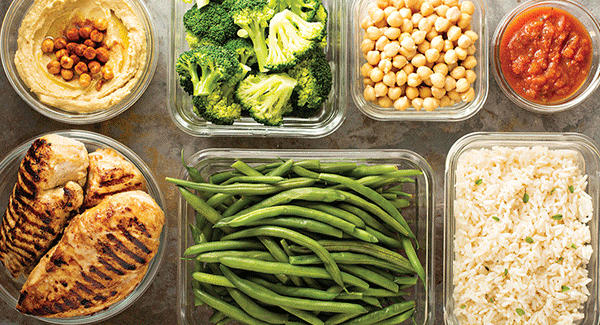Chondromalacia Patella
Often called runner's knee, this painful overuse condition may lead to knee osteoarthritis.
Chondromalacia patella is the breakdown of cartilage on the underside of the kneecap (patella). When the kneecap rubs against the thigh bone, it hurts and swells. It is common among runners and other athletes and has been given the nickname “runner’s knee.”
It is most frequently seen in teenagers, young adults, women and athletes that engage in sports that put a lot of stress on the knee. Those who are overweight are also at greater risk.
• After being seated for a long time.
• When getting out of a chair.
• When going up and down stairs.
• When kneeling or squatting.
Chondromalacia patella describes early changes in the cartilage on the underside of the patella. If not effectively treated, these early changes may eventually lead to osteoarthritis in the knee joint where the kneecap and femur meet.
• X-rays to look for arthritis or trauma
• Blood tests to measure inflammation
• MRI for more detailed images of the knee
• Take over-the-counter or prescription nonsteroidal anti-inflammatory drugs (NSAIDs).
• Use a knee brace, sleeve, or wrap to support the knee and help align the patella.
• See a physical therapist for exercises to strengthen the muscles around the knee and to stretch tight muscles that pull the kneecap out of alignment.
• Consider surgery to re-align the kneecap, if necessary.
Learn more about medications for runner's knee at the arthritis drug guide.
• Ice the knee a few times per day for several days.
• Do prescribed strengthening and stretching exercises.
• Maintain a healthy weight.
• Balance rest and activity.
• Learn how to tape your knee to align the patella and ease pain.

Stay in the Know. Live in the Yes.
Get involved with the arthritis community. Tell us a little about yourself and, based on your interests, you’ll receive emails packed with the latest information and resources to live your best life and connect with others.


